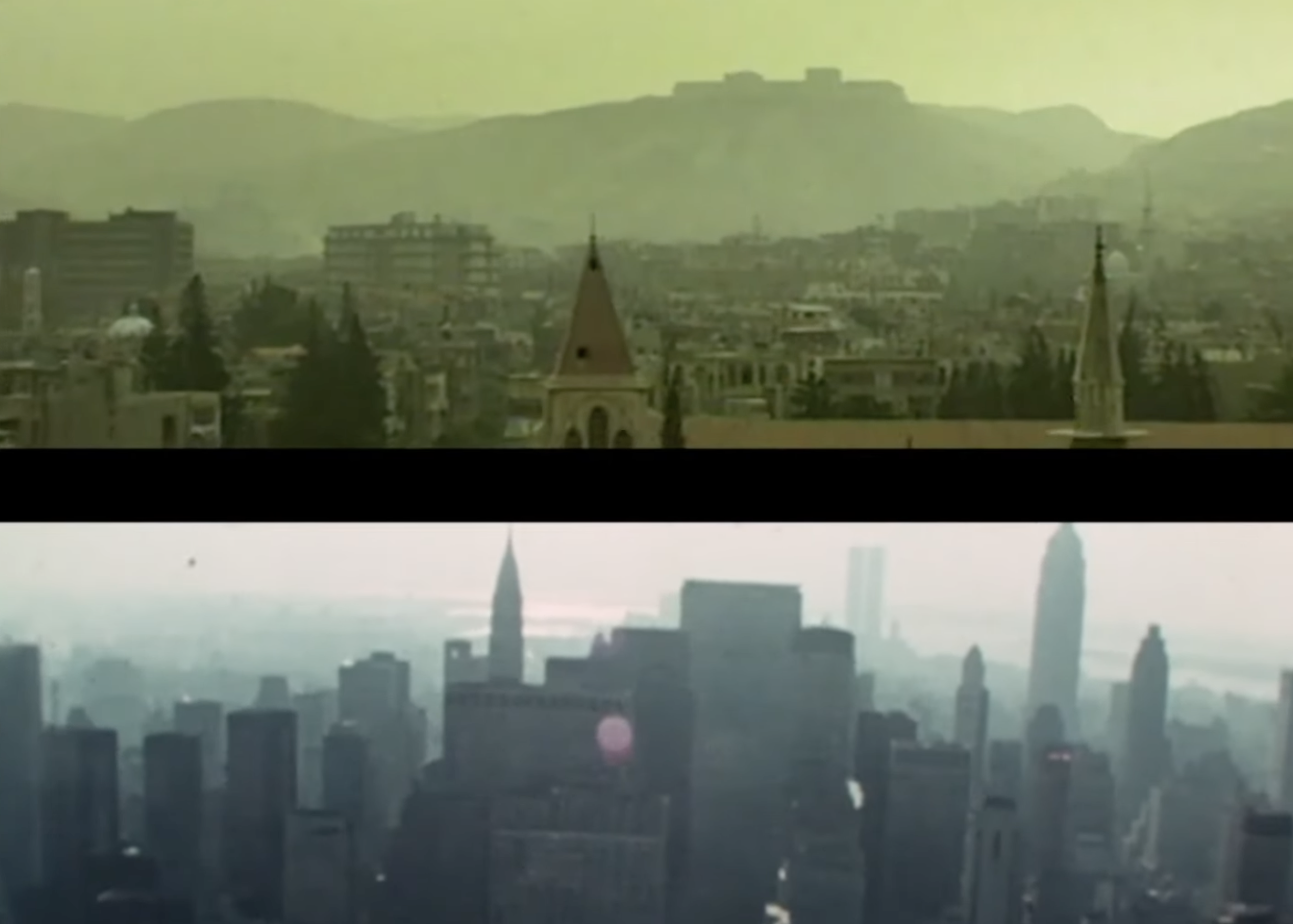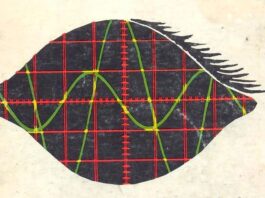We live obsessed with sharing everything: ideas and images, selfies and memes, brainy projects and frivolities, addresses and tourist destinations, manicures and yawns, bacchanals and meditation, wars and abuses, political denunciations and proclamations against governments, hatreds and likes, millions of likes…
In this limitless exhibition, multiplied exponentially by the networks, the art of copying has lost the category—and the scorn—it could have had at other times. Copying has become an everyday activity, almost a physiological need. So, it doesn’t make much sense for us to always foist an artistic magnitude on it.
Call it appropriation and forget plagiarism or theft. In the best of cases, call it cryptomnesia and justify your replicas with that file hidden in your memory that you don’t know when or where you acquired it but it surfaces at the least expected moment until you end up relaunching it as your creation.
Forget that anguish of influences that tormented poets, storytellers, or artists, according to Harold Bloom. Now, as Jonathan Lethem has seen, we subsist enraptured by them, to the point that their use and abuse have managed to blur any hint of originality. Lethem even dared to demonstrate this in a book written with stolen phrases.
To set an example, the Brooklyn novelist posted his book—The Ecstasy of Influence—on the Internet. A kind of very well-put-together hypertext in which he leaves no one out—Vladimir Nabokov or Bob Dylan, Muddy Waters or Shakespeare himself—and where he describes the history of literature as the accumulation of a series of copies, translations, thefts, or modifications repeated age after age.
A similar operation was carried out by filmmaker and writer Adam Curtis, this time with a concept, “hypernormalization,” which gives title to his famous documentary on the financial crisis of 2008 and the concomitances of the capitalist elites with various satrapies of this world. Well, hypernormalization is a concept we owe to the Russian sociologist Alexei Yurchak and it was not conceived, precisely, to explain the capitalist crisis but the one that took place in late communism and ended with the collapse of that system. As far as I know, “hypernormalization” is the only term capable of defining the respective crises of the two antagonistic systems of the 20th century. (Yurchak develops it in an extraordinary book, Everything Was Forever, Until It Was No More. The Last Soviet Generation).
Did Curtis copy an unknown sociologist, raised and trained in Soviet Leningrad? Yes. Can his documentary be considered art despite this copying? Also yes.
Like Lethem with his book, Curtis makes his film available to everyone on the Internet. Moreover, he resists appearing as a director, since he merely compiles and organizes material he has subtracted from the open surface of the media.
These examples indicate one or multiple copies, only that, in both cases, the art of copying is accompanied by the art of giving away, of returning what has been stolen and denying or limiting the surplus value of what has been usurped. If this is so, it is because these are authors who understand art as a gift, in the primordial sense of innate talent, but also the more contemporary and public sense of giving. In the manner of Lewis Hyde, the art of copying would come coupled with its B side, which is none other than the art of giving. Since you are going to copy, at least give us something back. Because the art of copying, as Hyde intuits, implies gratitude, a direct link with the previous creation from which you extract your material and with those people who will receive the result of that digestion.
In that receiving and gifting, Hyde speaks to us of the inheritance of the dead and a certain sense of feminine ownership, while at the same time lambasting commercialism. It is possible to add that this gift implicit in the art of copying dwells, even if only temporarily, on an islet outside the market and the State. In the style of those popular tales of the 19th century, later converted, like a chain of favors, into the “collective dreams” of later times.
Between the copy, the art, and the gift, it stretches a possible utopia for these times in which we are relentlessly urged to take advantage of everything.
And yes, we know that there are no exact proportions in this and we all tend to defend ourselves according to the position we occupy in the copying chain. After all, what do a collage, a mosaic, a Googlegram, a mustachioed Gioconda or the language of Susan Sontag mean in the art of Verónica Gerber Bicecci if not monuments to copying made by undisputed artists?
Picasso never had a problem acknowledging his appropriations, whether they were African masks or newspaper covers for his collages. It is not remembered that he ever paid anything to Le Figaro for using pages from this newspaper in his assemblages.
But, as old-fashioned as it may seem, stealing for profit is not a good look. When something is given to you for free, you don’t need to quote, but when you just grab it, a little footnote of acknowledgment is appreciated. It’s a bit jarring to enrich yourself with other people’s stuff.
If not, ask Andy Warhol, who for his benefit not only copied images but the very meaning of the Fordist production chain. Recently, by the way, photographer Lynn Goldsmith won a post-mortem lawsuit against him for his 1981 Prince Series. After years of litigation, the court finally ruled that the 16 lithographs made by Warhol cannot be considered “appropriation,” but “a clear case of plagiarism.”
With Duchamp’s utopia—anything can be art—and Beuys’ utopia—anyone can be an artist—fulfilled, we live in the full apogee of mass appropriation media. In this era, copying is part of that multitasking precariousness in which we simultaneously write, make music, paint, edit, record, share, survive…
So, at this point, it makes little sense to judicialize an appropriation that since the dawn of time has been synonymous with art, literature, music, architecture, or design.
But it must also be said that in an era that praises, at the same time, selfishness and the art of copying, it is imperative to dignify something as forgotten as the place of gratitude and generosity in all this history.
Only then we will understand that the art of copying—and its corresponding creation in open source—is not just another possibility of the new technologies, but an inalienable condition of culture.
* It is translated and published here with the authorization of its author.



